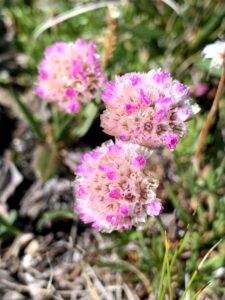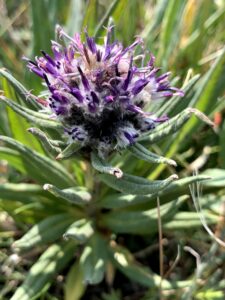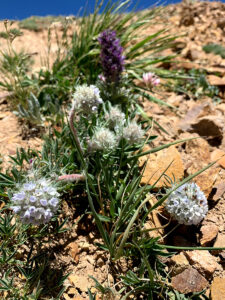OBJECTIVE 2. Conserve alpine plants and their habitats >
TARGET 5:
Protect 50% of the most Important Plant Areas (IPAs) for alpine plant conservation in North America by 2030.
An Important Plant Area (IPA) is a natural or semi-natural site exhibiting exceptional botanical richness and/or supporting an outstanding assemblage of rare, threatened and/or endemic plant species and/or vegetation of high botanic value.
Protection of alpine plants will be increased by additional habitat conservation. Areas of high alpine diversity, particularly those with numerous occurrences of G1-G3 plants, will be highlighted as IPAs. The Native Plant Conservation Campaign’s IPA Program and the Colorado Natural Heritage Program methodologies for IPA identification will be utilized in alpine areas of North America. Once North American alpine IPAs have been designated, they will be further ranked based on level of protection following the IUCN Protected Area Management Categories. Botanic gardens will work with land managers to protect at least 50 percent of these areas.
The broad goal is to maintain or improve the management of protected areas to achieve a favorable conservation status for alpine plant species. While only public land management organizations can control the level of protection on various parcels, the scientific community can work to provide the agencies with robust, sound data on which to base management decisions. Success will involve collaboration among botanic gardens and public land management agencies.
Progress
Currently underway!
Approach
Important Plant Areas, or IPAs, are places of exceptional botanical richness or that support an outstanding assemblage of rare and endemic plant species. The goal for this target is to not only identify the most important IPAs, but to also work with land managers to make sure these sites are well protected. Here in Colorado, the Colorado Natural Heritage Program has identified about 200 IPAs rated B1: “Outstanding Biodiversity Significance”, and B2: “Very High Biodiversity Significance”. And there’s around 30 of these highly-ranked sites in the alpine! One IPA that our team has been focusing on is the Mosquito Range, which is home to five fourteeners and is ranked B1 because of the concentration of rare and endemic plants. Sea-Pink (Armeria maritima ssp. sibirica), left, is globally common but state-rare, found in only two counties in CO. Weber’s Saw-Wort (Saussurea weberi), middle, is another highly ranked alpine species with fuzzy, grey-purple buds. Hoosier Pass Ipomopsis (Ipomopsis globularis), right, is endemic to Colorado, and lives exclusively in the alpine. These are just a few of the unique alpine species found in the Mosquito Range.



